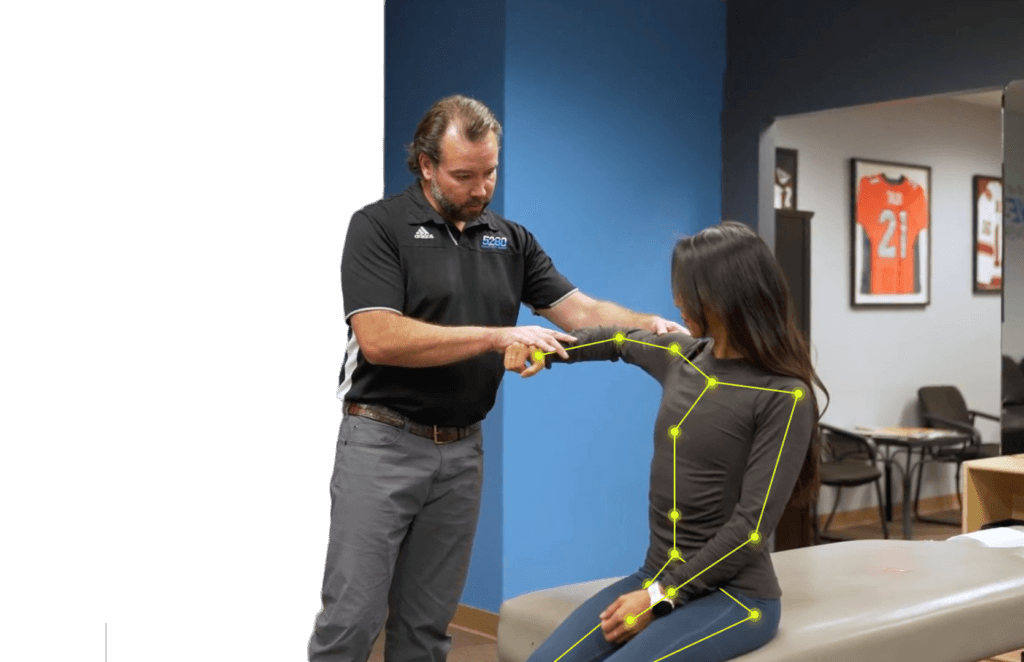Musculoskeletal health is crucial for maintaining overall well-being. It encompasses the health and function of bones, muscles, tendons, ligaments, and joints. It’s also closely linked to the endocrine system, which produces hormones that regulate bodily functions, such as growth and metabolism.
There is a wide range of disorders that affect bones, joints, muscles, tendons, ligaments, and other connective tissues in the body.
Poor musculoskeletal health can lead to a host of issues, such as chronic pain, limited mobility, and decreased physical function.
Musculoskeletal conditions are the world’s leading cause of disability, with lower back pain being the single leading cause of disability in 160 countries. The overall spend in the US for treating MSK reaches $300B annually (more than cancer and diabetes).
Effective exercise and rehabilitation is essential to maintaining musculoskeletal health and can reduce the risk of other diseases, including obesity, diabetes, and high blood pressure.

A therapist’s first step in diagnosing musculoskeletal pain is a thorough patient assessment. This begins with a review of medical history, including any previous injuries or conditions. The therapist also investigates possible causes of the pain. For example, if a patient suffers an injury at work or while playing a sport, could it be caused by poor posture? Or is the pain a result of a chronic condition, such as arthritis or scoliosis?
Next is a physical examination, which can include evaluations of range of motion, muscle strength, posture, and gait. X-rays, scans, or blood tests may also be needed to support diagnosis.
Once the examination is complete, a treatment plan must be developed. Sometimes, that includes referral for prescription medication , or — in more extreme cases — for surgery. However, for the majority cases or conditions, the ideal treatment is guided exercise and physical therapy.

Exercise is one of the most important components of MSK therapy. Physical therapists develop develop programs that are tailored to each patient’s needs and goals, usually combining stretches, strength, and aerobic exercises to accelerate recovery, improve function, and prevent future injuries. Yes, the patients perform the exercises under supervision in the clinic. But, in almost all cases, it’s essential that the patient continues the prescribed activities at home, on a regular basis, and with correct form.
In the past, there was no way of ensuring patients were sticking to their exercise protocols or performing movements correctly. Now, with Kemtai’s advanced platform, that has changed.
MSK therapy helps patients return to full fitness after injury and Kemtai plays a powerful role in this process.
Kemtai uses computer vision AI that analyzes human motion. It also provides real-time feedback, allows practitioners to track the patient’s performance, and enables personalization of exercise protocols. It can improve adherence, engagement, and patient outcomes, and works on any device with a camera. There is no need for cumbersome sensors.
Kemtai’s digital MSK platform also helps therapists tackle their daily workflow with greater efficiency. It makes it easier to manage patients with musculoskeletal conditions, track their progress, and collect feedback on the effectiveness of prescribed treatments.

It is often challenging to accurately track patients’ at-home adherence, but Kemtai’s platform mitigates this challenge by providing actual patient activity and performance data. With AI-guided exercises, therapists can provide effective remote therapy.
Ultimately, improved adherence may benefit patients, as it helps them recover quicker and reduces the need for costly surgery. It benefits therapists as well, as they’re able to free up time to see more patients and increase their income.